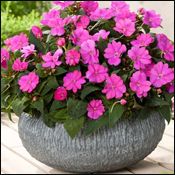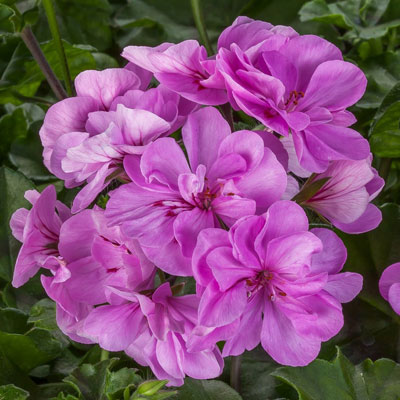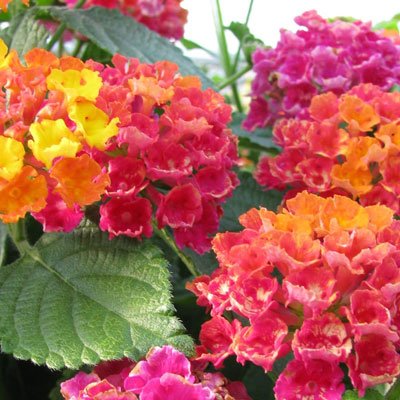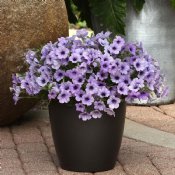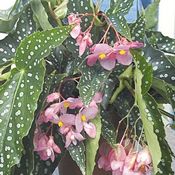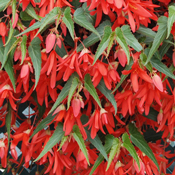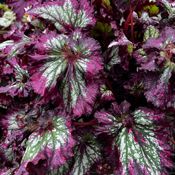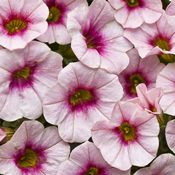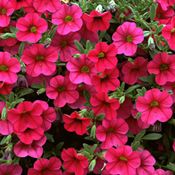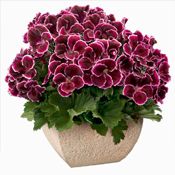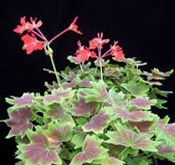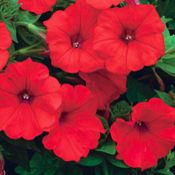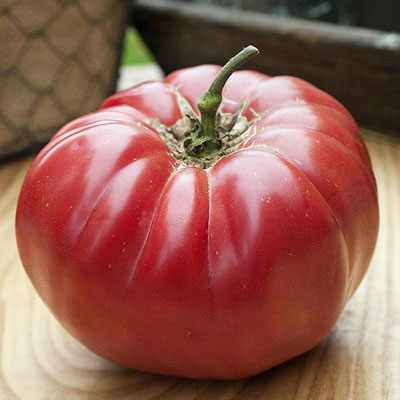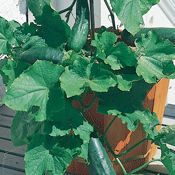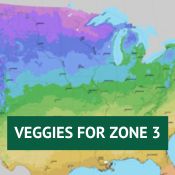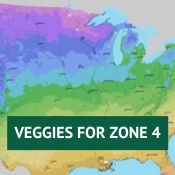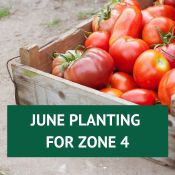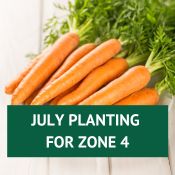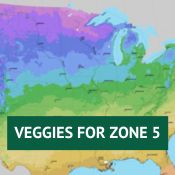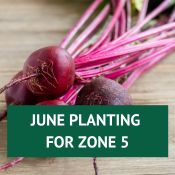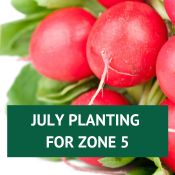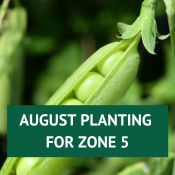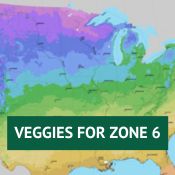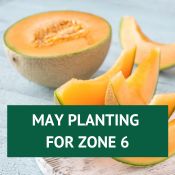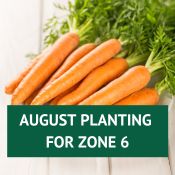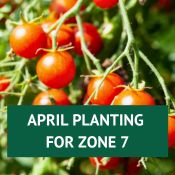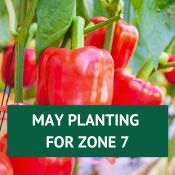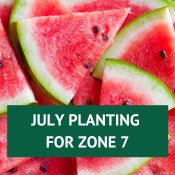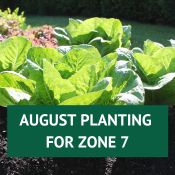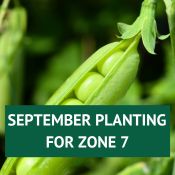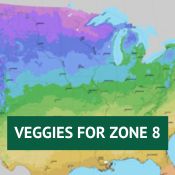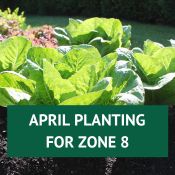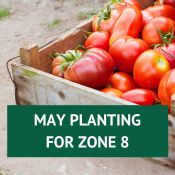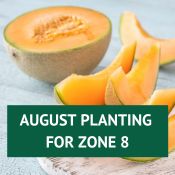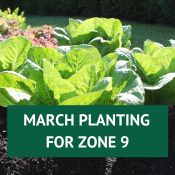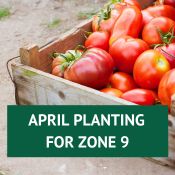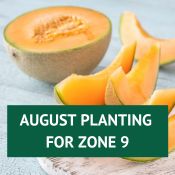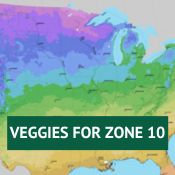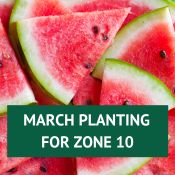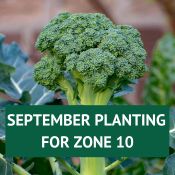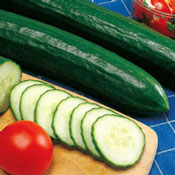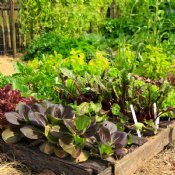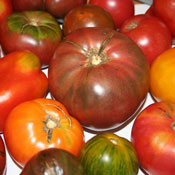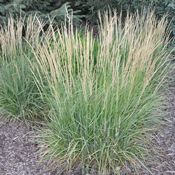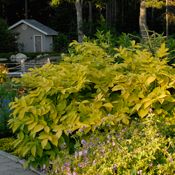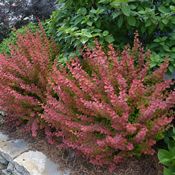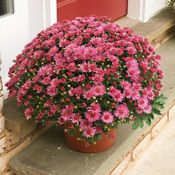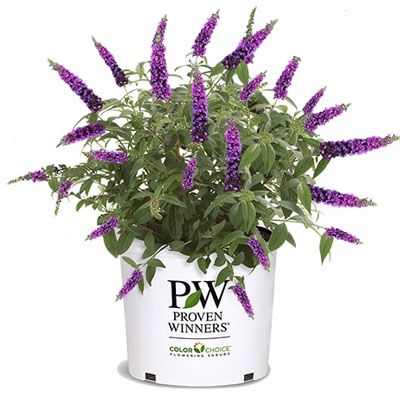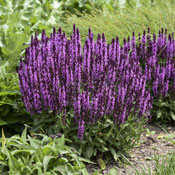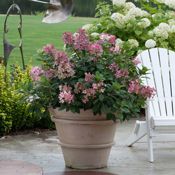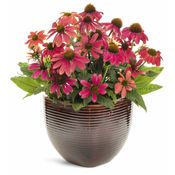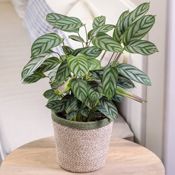Vertical gardening offers an innovative solution to maximize garden space while enhancing both plant health and yield. This approach involves directing plant growth upwards, rather than allowing it to sprawl across the ground, effectively turning a small plot of land into a lush and productive garden; there is so much more room to grow other favorites! From decorative pots suspended on walls to functional trellises that support a variety of vegetables and fruits, vertical gardening presents a multitude of design possibilities.
Despite its many benefits, transitioning to a vertical garden may seem daunting due to its perceived complexities and costs. However, this article aims to demystify vertical gardening, demonstrating that with a little creativity and basic materials, anyone can create a beautiful and productive vertical garden.
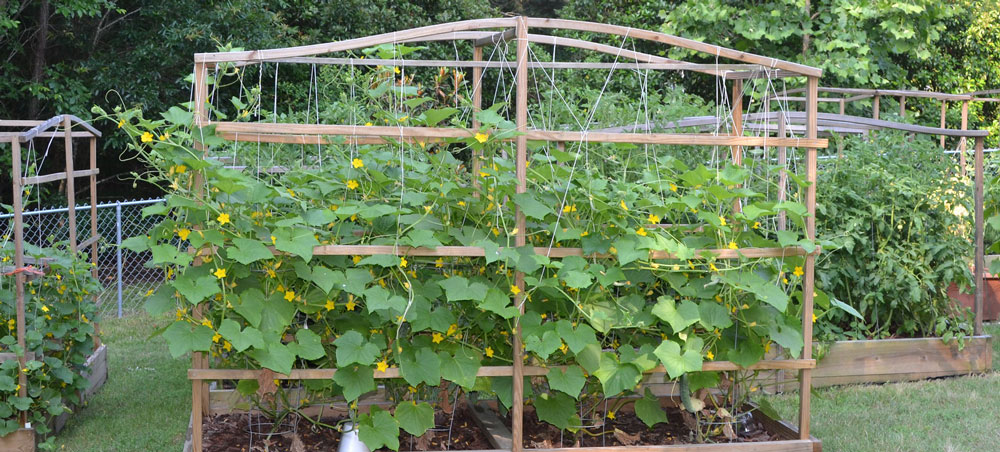
Why Should I Consider Vertical Gardening?
- Gardening vertically is a space-saver. For example, a squash plant that would normally spread up to 20 square feet on the ground can, instead, ascend a trellis, making it possible to grow other plants in the saved space, such as pineapple ground cherries and cherry tomatoes. You can even take advantage of a large planter by adding a trellis for a climbing vegetable or flowering plant, then using a lower growing veggie, greenery, or flowering plant to fill in the extra space.
- Vertical gardening simplifies your harvesting, as crops like cucumbers, squash, gourds, or grapes can be picked without bending and stooping, lessening the impact on your back or knees.
- You are much less likely to overlook ripe fruit or vegetables, as they are easier to see with just a glance, rather than hiding under the foliage. Green-colored vegetables, such as cucumbers, green beans, or Chayote, are often lost under their leaves and are much too ripe, or even rotten, by the time you locate them.
- Growing vegetables vertically also promotes healthier plants by keeping them off the ground, greatly reducing the risk of soil-borne bacterial and fungal diseases, some of which may require you to completely throw away many of your garden vegetables. Growing on a trellis provides much better air circulation, ensuring that the foliage doesn’t stay wet, which can also lead to diseases.
- Another advantage of vertical gardening is its aesthetic appeal. It adds structure to your garden’s design while being fully functional, showcasing your food as it grows and creating spaces that are both interesting and productive.
Is Vertical Gardening Cost-Effective?
We say “yes”! There are trellises available for all budgets, including those you can make yourself. You don’t necessarily have to invest in expensive options. You can implement vertical gardening efficiently and beautifully without breaking the bank.
Realizing the potential expense of buying vertical trellises, we decided to investigate prices at a store that is a common choice for homestead purchases. Understandably, specialized garden centers, and even “big box” stores, may charge more, so a visit to your local farm store may be a place to take advantage of a lower price, as well as more options. We found a variety of decorative trellises at different price points; we also saw smaller trellises for pots, a great way to grow your vertical garden on your patio, deck, or balcony. Clearly, costs could escalate quickly, especially for larger gardening projects or those gardeners planning to preserve their harvest or having to feed a large family.
In search of more economical options, we turned to fencing materials, which may not be specifically designed for trellising but offer a highly functional alternative, especially for larger applications. Our aim was to find solutions that balance functionality, productivity, and affordability, while still allowing for aesthetic appeal in the garden. For example, a 50-foot roll of welded wire, which is significantly more cost-effective than pre-manufactured trellises, will provide much more support at a lower or similar price point. Though this type of trellis requires more manual labor to install, using posts for support can make this a viable option, with posts priced quite affordably with a great selection of choices in height. This option also enables you to expand your trellis more easily for next season without a lot of additional expense. What about the appearance? The truth is that once a trellis is covered with vines, you may not even be able to see it. It is also true that the welded wire will offer you much more simplicity when it comes to training or attaching the vines to the trellis.
Another option is chicken wire; though not as durable as welded wire or panels, it can be used effectively for lighter trellising needs. PVC-coated poultry netting, for example, is available. This, along with recycled materials like old bed frames, window frames, or pallets, can be repurposed into trellises by attaching the chicken wire to create a sturdy structure for plants to climb.
Our preference leans towards panels, which are ideal for creating more robust trellises. This approach not only offers a cost-effective solution but also meets the needs of a functional, productive, and aesthetically pleasing garden without the high costs associated with ready-made trellises. The panels will allow extended vertical versatility through many seasons, having a long life-span when compared to other options. You can also grow pretty much any vegetable on it, rather than just having to choose light ones that the chicken wire or poultry netting will support.
However, if panels exceed your budget, vertical gardening remains accessible using repurposed or up-cycled materials. A practical tip is to inquire locally for any unwanted fencing, gates, or posts. Often, people are willing to give these items away if you’re prepared to remove them, a win-win for both parties and a cost-saving opportunity for you. For example, we’ve utilized fence sections attached to posts of various heights for growing tomatoes and repurposed parts of a crate for squash. Even an old gate, destined for disposal, was repurposed with the aid of zip ties to create functional trellising.
So, as you can see, trellising does not require a significant financial investment or advanced carpentry skills. Simple techniques like driving posts and attaching fencing with zip ties can suffice. For those without the means to transport or manage large panels, there are even simpler methods. Before establishing our current gardens, we successfully grew peas and pole beans by stringing clothesline between a few posts, providing an effective climbing structure for these plants.
When considering what plants benefit from vertical growth, pole beans stand out. Varieties like noodle or runner beans naturally climb trellises, optimizing garden space efficiently, compared to bush beans. Pole beans, akin to indeterminate tomatoes, continue producing as long as they’re supported, unlike bush beans that have a fixed yield. Cucumbers also thrive on trellises, their tendrils eagerly gripping the structure, though they may require occasional guidance to prevent entangling with neighboring plants.
These strategies demonstrate that vertical gardening is both feasible and beneficial, regardless of your budgetary constraints. By using a bit of imagination and utilizing alternative materials or simple setups like clotheslines for climbing plants, gardeners can maximize their yield and space efficiently without significant financial outlay.
What Vegetables or Fruits Will Grow on a Trellis?
Growing vegetables and/or fruits upwards helps to avoid many common issues such as powdery mildew and other fungal diseases, thanks to improved air circulation, drier foliage, and the fact that the fruits are not sitting directly on the soil. This approach isn’t limited to beans, cucumbers, or peas, but can even be used to grow melons of just about any size. However, melons, a natural climber, will require a bit of support as they mature to support their weight and avoid breaking their stems; pantyhose is a fantastic, cheap support for weighty fruits and veggies, even if they have runs in them.
Tomatoes, while not natural climbers, thrive when given vertical support. Indeterminate varieties, in particular, benefit from growing on trellises, as they continue to grow and produce fruit if they are supported, resulting in healthier plants and a larger harvest.
Ready to Get Started?
In conclusion, while the concept of vertical gardening might initially seem daunting, its numerous benefits—from space maximization and improved plant health to enhanced yields and aesthetic appeal—make it an undertaking worth considering. Whether you're a seasoned gardener looking to innovate or a newcomer seeking to make the most of a small space, vertical gardening offers a versatile and rewarding approach to gardening.
We encourage you to start small, perhaps with a trellis for beans or a few pots on a wall, and gradually expand as you become more comfortable with the techniques and possibilities. Imagine your garden a year from now, transformed into a vibrant, vertical oasis teeming with life and productivity.
Joining a community of fellow vertical gardeners can provide invaluable support and inspiration. Share your successes and challenges, and learn from the experiences of others. Remember, a wealth of resources is at your fingertips, from local garden centers to online forums dedicated to vertical gardening enthusiasts.
So, why not take that first step today? With a bit of creativity, some basic materials, and the collective wisdom of the gardening community, you can embark on a vertical gardening adventure that enriches your garden, your table, and your life. Happy gardening!

